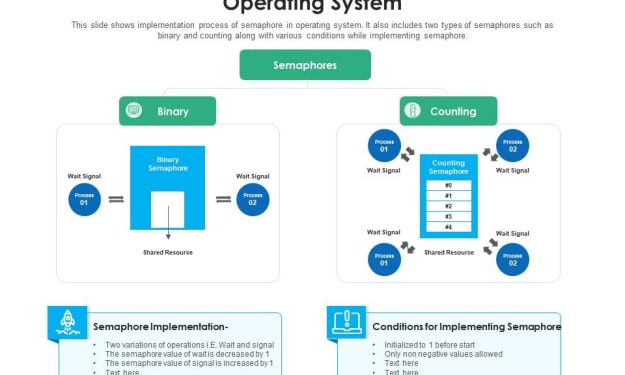Seasonal Gardening
Planning and planting based on different seasons and weather conditions.

Planning and planting a garden that thrives in different seasons and weather conditions requires careful consideration and adaptability. To be successful in seasonal gardening, you'll need to plan ahead, select appropriate plants, and implement specific techniques to address the challenges and opportunities presented by each season. In this comprehensive guide, we'll delve into the key aspects of seasonal gardening.
1. Spring Gardening:
Planning:
Start by assessing your garden's soil after the winter thaw. Test soil pH and nutrient levels, and make necessary amendments.
Plan for early spring crops like peas, lettuce, and radishes, and consider planting perennial flowers and shrubs for long-term beauty.
Create a garden layout that maximizes sunlight exposure for spring plants.
Planting:
Sow cool-season vegetables and annual flowers once the soil is workable and temperatures remain consistently above freezing.
Protect young plants from late frosts with row covers or cloches.
Gradually transition indoor seedlings to outdoor conditions to avoid transplant shock.
2. Summer Gardening:
Planning:
Choose heat-tolerant plant varieties and drought-resistant species if you live in a hot climate.
Plan for regular watering, mulching, and shading during the hottest months.
Consider succession planting to ensure a continuous harvest.
Planting:
Plant warm-season vegetables like tomatoes, peppers, and cucumbers after the last frost.
Water deeply and consistently, ideally in the morning or evening to reduce evaporation.
Use organic mulch to conserve soil moisture and suppress weeds.
3. Fall Gardening:
Planning:
Select cool-season crops such as broccoli, carrots, and kale that thrive in cooler temperatures.
Plan for preserving the harvest through canning, freezing, or root cellaring.
Prepare for potential frost by having row covers or cloths on hand.
Planting:
Plant fall crops about 6-8 weeks before the first expected frost date in your area.
Keep an eye on the weather forecast and protect crops if a frost is predicted.
Consider extending the season with cold frames or hoop houses.
4. Winter Gardening:
Planning:
Opt for cold-hardy vegetables like spinach, winter lettuce, and Brussels sprouts.
Plan for winter protection measures, such as using row covers, cloches, or unheated greenhouses.
Focus on indoor gardening with houseplants and herbs in colder regions.
Planting:
Sow winter crops in late summer or early fall, so they have time to establish before winter.
Provide adequate insulation and protection from freezing temperatures.
Monitor indoor plants for pests and adjust lighting as needed.
5. Year-Round Considerations:
Crop Rotation:
Implement a crop rotation plan to prevent soil depletion and reduce the risk of pest and disease buildup.
Soil Care:
Continuously enrich your soil with organic matter to improve its structure and fertility.
Regularly monitor soil moisture levels and adjust watering accordingly.
Pest and Disease Management:
Stay vigilant for signs of pests and diseases throughout the year and take appropriate action, such as using organic pest controls or pruning affected plants.
Composting:
Maintain a compost pile to recycle garden waste and create nutrient-rich compost for your garden beds.
Harvest and Preservation:
Harvest fruits and vegetables at their peak ripeness and consider preserving surplus produce through canning, freezing, or drying.
Adaptability:
Be prepared to adjust your gardening plans based on unexpected weather events or changing climate patterns.
Growth and Transformation:
Witnessing the growth and transformation of plants, from seed to bloom to seed again, is a powerful reminder of the cyclical nature of life.
In essence, the beauty of gardening throughout the seasons lies not only in the visual splendor but also in the connection it fosters with nature and the ever-evolving story it tells. Each season offers a fresh canvas for your creativity and a source of solace and inspiration, making gardening a deeply rewarding and enchanting endeavor year-round.
Conclusion:
Successful seasonal gardening involves careful planning, plant selection, and ongoing maintenance to ensure your garden thrives in different weather conditions. By following the guidelines outlined in this guide, you can enjoy a bountiful and beautiful garden year-round, regardless of the challenges presented by each season. Remember that gardening is a continuous learning process, so stay curious and adaptable to achieve the best results in all seasons.
About the Creator
Ziem Prosper
To educate My readers
Enjoyed the story? Support the Creator.
Subscribe for free to receive all their stories in your feed. You could also pledge your support or give them a one-off tip, letting them know you appreciate their work.






Comments
There are no comments for this story
Be the first to respond and start the conversation.